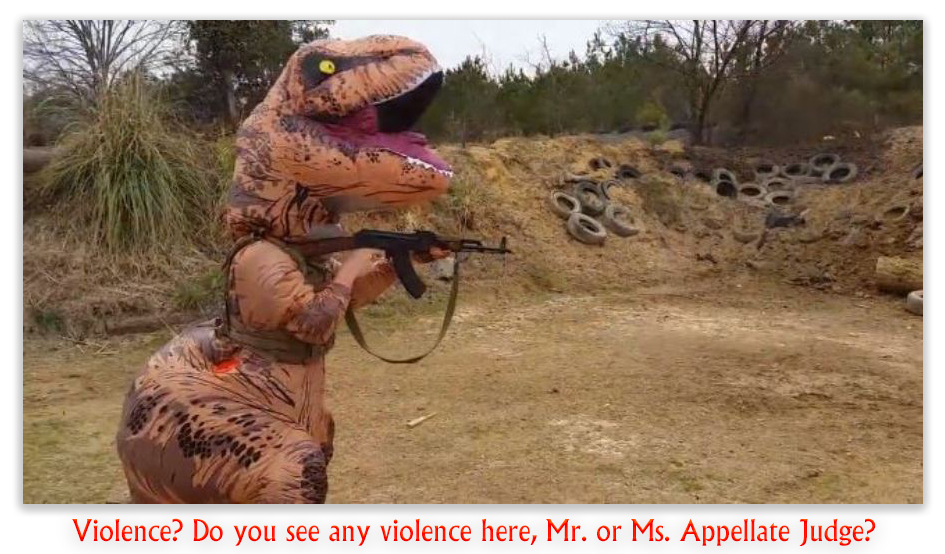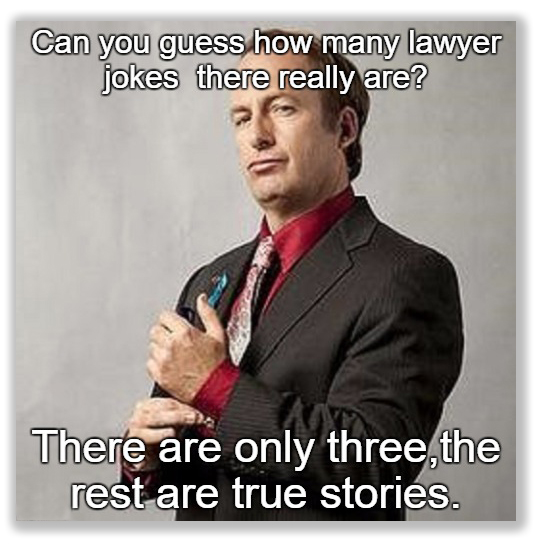We post news and comment on federal criminal justice issues, focused primarily on trial and post-conviction matters, legislative initiatives, and sentencing issues.

10th CIRCUIT GIVES “STRATEGIC PRISONER TRANSFERS” A LIFT
 Just yesterday, I wrote about the BOP buying a whole crate of whoop-ass from a federal judge by shipping a prisoner beyond the court’s jurisdiction while a civil action was going on.
Just yesterday, I wrote about the BOP buying a whole crate of whoop-ass from a federal judge by shipping a prisoner beyond the court’s jurisdiction while a civil action was going on.
The 10th Circuit takes a much more sanguine view of the practice, it seems.
Michael Bacote has spent seven years litigating claims that the Federal Bureau of Prisons violated his 8th Amendment rights at ADMAX Florence by acting with deliberate indifference to his mental disability. Michael’s retained psychiatrist concluded that he had both an intellectual disability and a mental disorder. After BOP psychologists examined Michael in response to his psychiatrist’s report, they agreed. BOP policy forbids placing prisoners with Mike’s condition at Florence, so the BOP transferred him to the mental health unit at USP Allenwood.
Before the transfer, the district court dismissed Mike’s case, holding that he had not established that the BOP was deliberately indifferent. Michael appealed, but the transfer occurred while the appeal was pending.
 Last week, the 10th Circuit tossed out his case as being moot. The Court said that “the doctrine of mootness rests on a simple principle: the controversy that existed at litigation’s commencement may dissipate before its conclusion.” The Court held that while Michael’s case was not constitutionally moot, it was “prudential[ly]” so. Prudential mootness concerns “not the power to grant relief but the court’s discretion in the exercise of that power.” Under this doctrine, the 10th said, “If the circumstances of a controversy become too attenuated, prudence counsels us not to reach the merits of the appeal.”
Last week, the 10th Circuit tossed out his case as being moot. The Court said that “the doctrine of mootness rests on a simple principle: the controversy that existed at litigation’s commencement may dissipate before its conclusion.” The Court held that while Michael’s case was not constitutionally moot, it was “prudential[ly]” so. Prudential mootness concerns “not the power to grant relief but the court’s discretion in the exercise of that power.” Under this doctrine, the 10th said, “If the circumstances of a controversy become too attenuated, prudence counsels us not to reach the merits of the appeal.”
Because Mike was not at Florence anymore, Florence could no longer be deliberately indifferent to him. He had not sued in Pennsylvania for whatever he said Allenwood was doing to him, and there was nothing in the record that would let the 10th decide whether there was a constitutional violation there. “Finally, even if Mike has requested relief that could have a continuing effect,” the Circuit said, “this relief requires us to restrict the conduct of officials outside of this circuit. As a general principle, opinions handed down in one circuit do not bind other circuit courts.”
“We recognize Plaintiff’s concern that some could misinterpret this holding as a license for the BOP to concoct mootness by transferring litigant inmates.” But because Michael had not provided evidence the Bureau acted with an eye toward dismissing the case, the 10th said, “we need not answer” how to treat a strategic prisoner transfer.
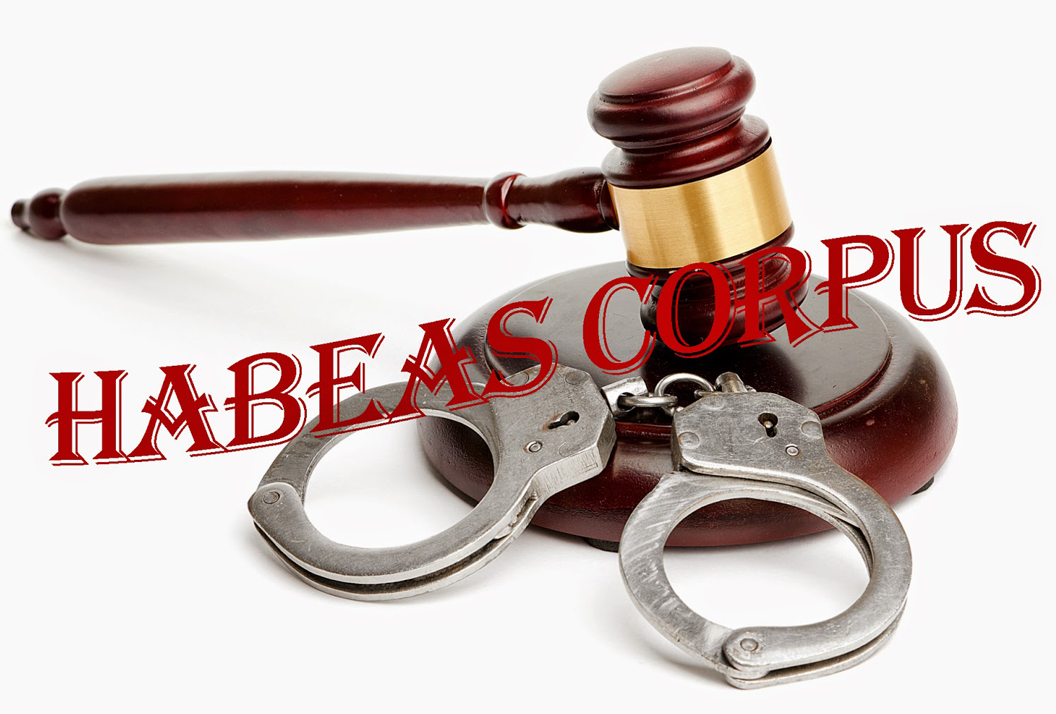 Michael’s attorneys warned the precedent-setting opinion did not fully recognize the frequency of strategic prisoner transfers. “Functionally, publishing this decision gives prisons a roadmap for defeating the 10th Circuit’s jurisdiction during the litigation of an appeal,” Mike’s lawyers with the University of Denver’s Civil Rights Clinic said in a statement. “We’re very concerned that the court’s decision will negatively impact incarcerated persons’ ability to have their cases heard on the merits, as it’s difficult — sometimes impossible — for incarcerated litigants to prove that a prison transferred them due to litigation.”
Michael’s attorneys warned the precedent-setting opinion did not fully recognize the frequency of strategic prisoner transfers. “Functionally, publishing this decision gives prisons a roadmap for defeating the 10th Circuit’s jurisdiction during the litigation of an appeal,” Mike’s lawyers with the University of Denver’s Civil Rights Clinic said in a statement. “We’re very concerned that the court’s decision will negatively impact incarcerated persons’ ability to have their cases heard on the merits, as it’s difficult — sometimes impossible — for incarcerated litigants to prove that a prison transferred them due to litigation.”
Bacote v. BOP, Case No 22-1325, 2024 USApp LEXIS 5239 (10th Cir, March 5, 2024)
Colorado Politics, 10th Circuit opens door wider for courts to dismiss prisoners’ civil rights lawsuits (March 7, 2024)
– Thomas L. Root



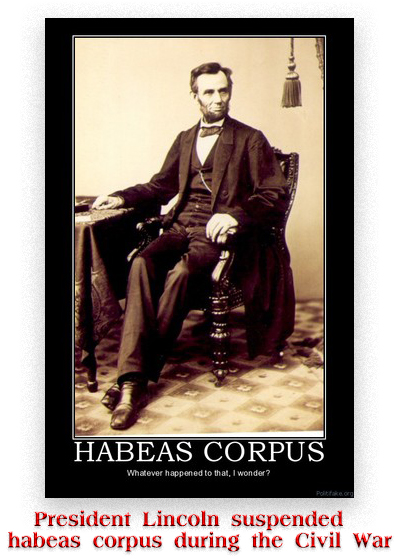





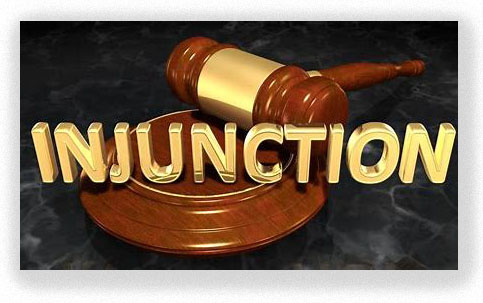


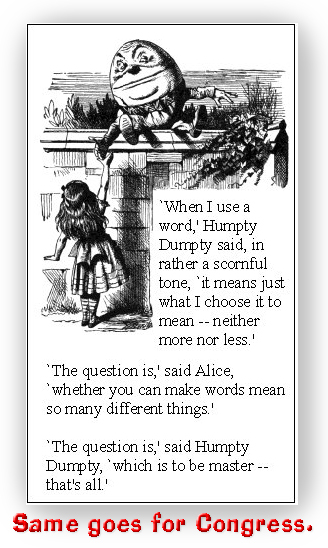



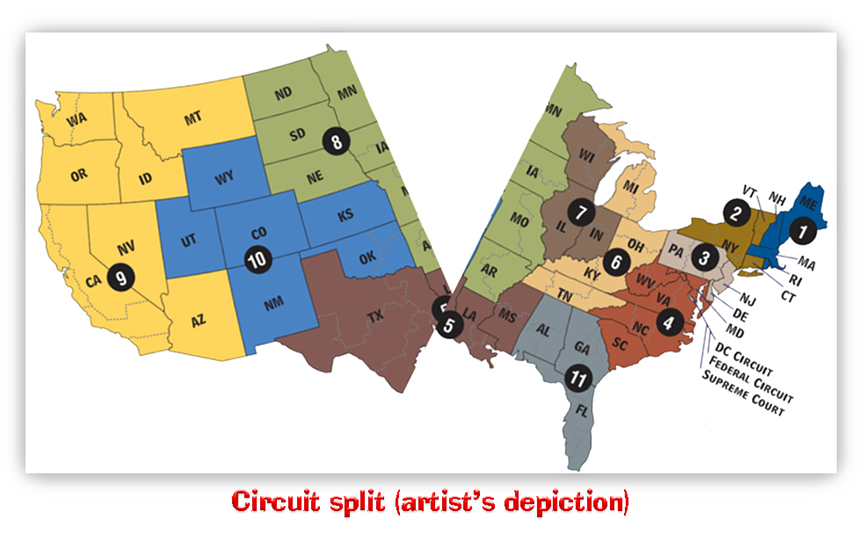






 Thirty-two
Thirty-two

